Vietnam's Notable Attractions: Exploring the Land of Wonders.
Vietnamese Snacks – Things You Must Buy

Rice Paper Rolls
One of the most popular Vietnamese snacks is rice paper rolls. These delicious rolls are made by wrapping various fillings, such as shrimp, pork, herbs, and vermicelli noodles, in a thin, translucent rice paper. You can find rice paper rolls at street food stalls, markets, and even in high-end restaurants. They are a must-try snack during your visit to Vietnam.
Banh Mi Sandwich
Banh Mi is a mouthwatering Vietnamese sandwich that has gained worldwide popularity. The sandwich is made with a crusty baguette filled with a combination of delicious ingredients, including Vietnamese cold cuts, pâté, pickled vegetables, fresh herbs, and chili sauce. It perfectly showcases the fusion of Vietnamese and French culinary influences. Don't miss the opportunity to savor this iconic Vietnamese snack.
Sticky Rice Dumplings (Banh Gio)
Banh Gio is a traditional Vietnamese snack that consists of a pyramid-shaped dumpling made of sticky rice and filled with minced pork, mushrooms, and onions. The dumpling is then wrapped in banana leaves and steamed to perfection. The combination of flavors and textures in this snack is truly delightful, making it a must-buy when exploring the local street food scene.
Vietnamese Drinks – Things You Must Taste
Pho
Pho is a quintessential Vietnamese noodle soup that is often enjoyed as a breakfast or lunch dish. It consists of a flavorful broth made from beef or chicken, rice noodles, and various toppings such as herbs, bean sprouts, lime, and chili. This aromatic and soothing soup is a must-taste when visiting Vietnam. You can find it at local street food stalls, restaurants, and even in specialized Pho shops.
Bia Hoi
Bia Hoi is a type of light, unpasteurized beer that is extremely popular in Vietnam. It is brewed fresh daily and has a low alcohol content, making it a refreshing drink for hot and humid days. Bia Hoi is commonly enjoyed at local beer gardens, where you can mingle with locals and experience the lively atmosphere of Vietnam's drinking culture.
Ca Phe Trung
Ca Phe Trung, also known as Vietnamese egg coffee, is a unique drink that originated in Hanoi. It is made by beating egg yolks with condensed milk and then pouring hot Vietnamese coffee over the mixture. The result is a rich and creamy coffee with a hint of sweetness from the condensed milk. This decadent beverage is a must-try for coffee lovers and can be found in coffee shops throughout Vietnam.
Vietnamese Souvenirs – Things You Must Purchase

Silk Products
Vietnam is renowned for its high-quality silk products, which make for beautiful and luxurious souvenirs. From traditional ao dai (Vietnamese dresses) to scarves, ties, and home decor items, there is a wide variety of silk products to choose from. You can visit local shops or markets specializing in silk to find the perfect souvenir to take home.
Handicrafts
Vietnam is a treasure trove of unique handicrafts that reflect the country's rich cultural heritage. From lacquerware and ceramics to embroidery and woodwork, there is a wide range of handicrafts to explore. Whether you're looking for decorative items or functional pieces, be sure to browse through the local markets and craft villages to find authentic Vietnamese souvenirs.
Ao Dai
Ao Dai is the traditional Vietnamese dress that has become an iconic symbol of the country's culture. This elegant and figure-flattering garment is usually made of silk and consists of a long, flowing tunic worn over wide-leg pants. Ao Dai can be tailored to suit individual preferences and is often worn during special occasions and festivals. Consider purchasing an Ao Dai as a unique and meaningful souvenir of your trip to Vietnam.
Vietnamese Silk
Vietnamese silk is highly regarded for its exceptional quality and craftsmanship. Whether you're in search of clothing, accessories, or home decor items, Vietnamese silk is a versatile and luxurious material. The country's long history of silk production ensures a wide selection of colors, patterns, and designs. When in Vietnam, don't miss the opportunity to browse through the local silk markets and witness the beauty of this traditional craft.
Non La
Non La, or conical hats, are iconic symbols of Vietnam. These traditional hats are made from woven palm leaves and are widely worn by Vietnamese people, particularly those living in rural areas. Non La not only serve as protection from the sun and rain, but they also represent the Vietnamese culture and heritage. They are commonly seen in various daily activities, such as farming, fishing, and even in traditional performances.
Styles and Designs
Non La come in different styles and designs. The most common type is the simple conical hat, which is made entirely from palm leaves. However, there are also more elaborate designs that feature intricate patterns and decorations. Some Non La are adorned with colorful silk ribbons, traditional paintings, or even hand-embroidered motifs. These different styles and designs reflect the diversity of Vietnamese craftsmanship and cultural beliefs.
Significance and Symbolism
Non La holds deep cultural significance in Vietnam. It is not just a piece of headgear but reflects the connection between people and nature. The conical shape of the hat represents the harmony between heaven and earth, while its wide brim symbolizes the blessedness of sunlight and the protection it provides. Non La also conveys the respect that Vietnamese people have for their ancestors and traditions. It is often considered a cherished gift for foreigners as a token of Vietnamese hospitality and friendship.
Vietnamese Fruit Shirts
Vietnamese fruit shirts are vibrant and eye-catching garments that feature colorful prints of tropical fruits. These shirts have become popular souvenirs for tourists visiting Vietnam, as they capture the essence of the country's rich and diverse fruit culture. Vietnamese fruit shirts are not only fashionable but also a fun way to celebrate the unique tropical fruits found in Vietnam.
Design and Patterns
Vietnamese fruit shirts typically showcase an array of fruits, including dragon fruit, mango, durian, jackfruit, and more. These prints are often bold and lively, showcasing the vivid colors and textures of the fruits. The designs can be found on t-shirts, blouses, dresses, and even accessories like scarves and bags. Some shirts may also incorporate traditional Vietnamese motifs, creating a fusion of contemporary fashion with cultural elements.
Symbolism and Cultural Significance
The popularity of Vietnamese fruit shirts reflects the importance of fruit in Vietnamese culture. Fruit is not only a staple in Vietnamese cuisine but also holds symbolic meanings. Fruits are often associated with prosperity, luck, and good fortune in Vietnamese traditions. By wearing fruit shirts, both locals and tourists can celebrate the abundance and positive energy that fruits bring to their lives.
Jewellery
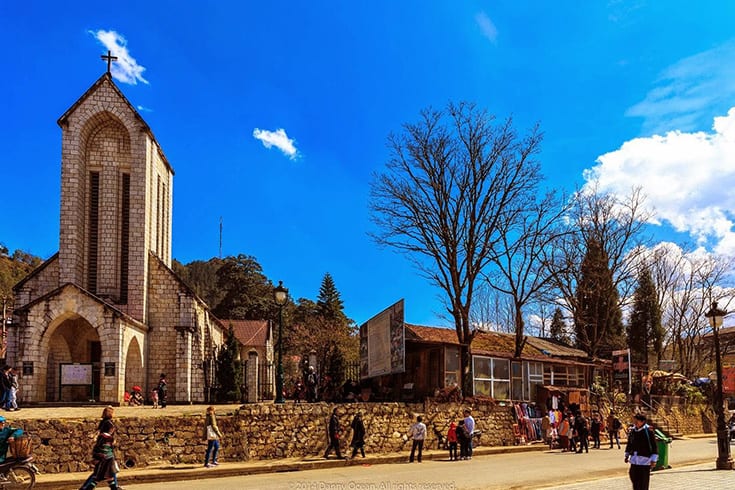
Jewellery holds a significant place in Vietnamese culture as a symbol of wealth, status, and beauty. Vietnam is known for its skillful artisans who create intricate and exquisite pieces of jewellery using various materials, including gold, silver, gemstones, and even natural materials like bamboo and coconut shells. The country offers a wide range of jewellery options, from traditional designs to modern and contemporary styles.
Traditional Vietnamese Jewellery
Traditional Vietnamese jewellery is often handmade, showcasing the craftsmanship and attention to detail of Vietnamese artisans. It includes pieces such as necklaces, bracelets, earrings, and rings, all intricately designed and often featuring cultural motifs. Some traditional jewellery designs are influenced by Chinese and Cham cultures, reflecting the historical influences on Vietnamese art and fashion.
Contemporary Jewellery
With the growing influence of modern fashion trends, contemporary jewellery designs have also emerged in Vietnam. These designs combine traditional elements with contemporary aesthetics, creating unique and stylish pieces that appeal to both locals and international fashion enthusiasts. Vietnamese jewellery designers are experimenting with new materials and techniques, pushing the boundaries of traditional craftsmanship to create innovative and exciting jewellery collections.
War Memorabilia
War memorabilia plays a significant role in preserving and honoring Vietnam's history, particularly during the Vietnam War. Vietnam has a long and complex history, with the war being a defining period that has shaped the country and its people. War memorabilia represents the sacrifices, struggles, and triumphs of the Vietnamese people during that time.
Historical Artefacts and Collectibles
War memorabilia includes a wide range of historical artifacts and collectibles, such as military uniforms, helmets, weapons, photographs, propaganda posters, and letters. These items provide a tangible link to the past and serve as valuable educational tools for understanding the impact of the war on Vietnam and its people. Many Vietnamese veterans and their families hold these memorabilia dear as a way to honor their loved ones' courage and sacrifices.
War Museums and Exhibitions
Vietnam has several war museums and exhibitions dedicated to preserving and showcasing war memorabilia. These institutions offer visitors a chance to learn about the war in a comprehensive and immersive way. The War Remnants Museum in Ho Chi Minh City and the Vietnam Military History Museum in Hanoi are two prominent examples where visitors can view a vast collection of war-related artifacts, photographs, and documents.
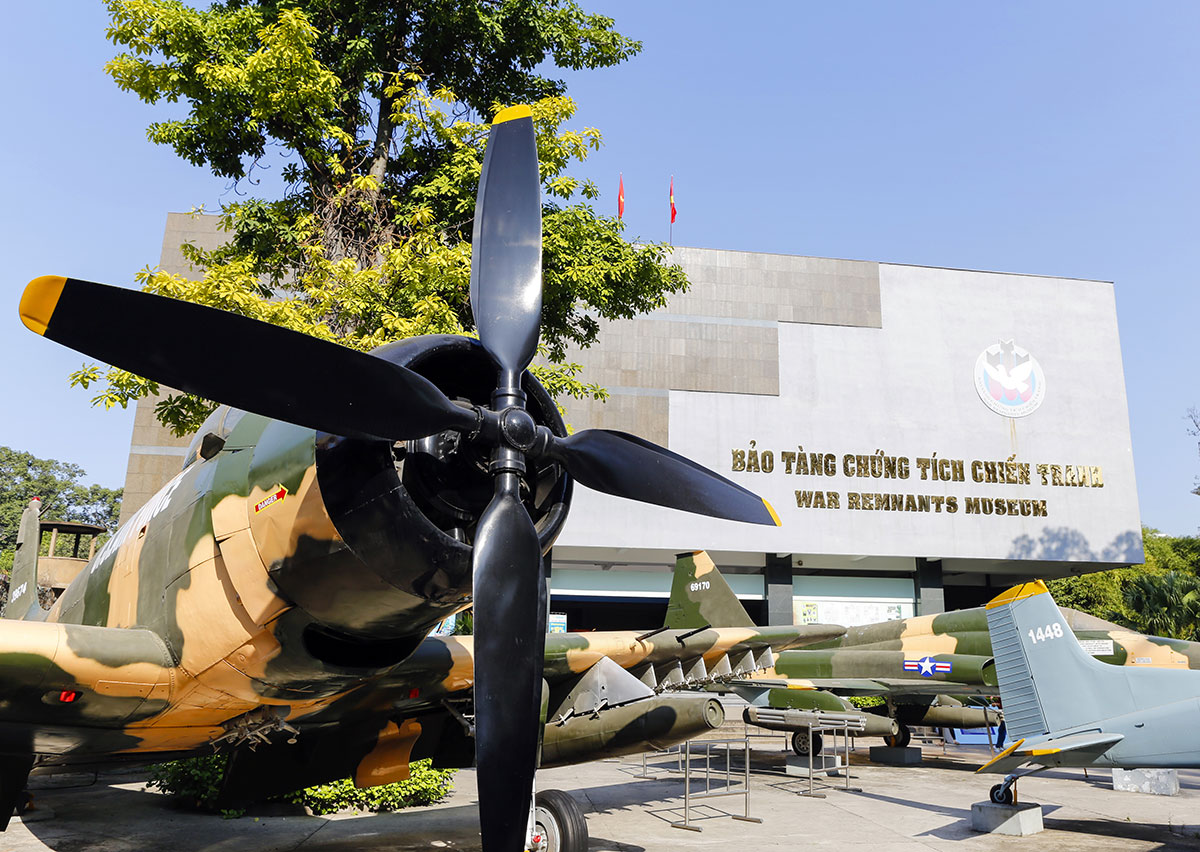
Vietnamese Chocolate
While Vietnam may not be the first country that comes to mind when thinking about chocolate, the country has recently garnered attention for its emerging chocolate industry. Vietnamese chocolate is becoming increasingly recognized on the global stage for its unique flavors, ethical sourcing, and commitment to sustainability.
Unique Flavors and Ingredients
Vietnamese chocolate stands out for its use of local ingredients and distinctive flavors. Cacao beans grown in Vietnam offer a distinct flavor profile, influenced by the country's climate and soil conditions. Some Vietnamese chocolate makers also incorporate local ingredients, such as chili, lemongrass, cinnamon, or even traditional Vietnamese herbs and spices, adding a unique twist to their creations.
Sustainable and Ethical Practices
The Vietnamese chocolate industry is making efforts to promote sustainability and ethical practices. Many chocolate producers in Vietnam focus on direct trade relationships with local cacao farmers, ensuring fair compensation and supporting community development. Additionally, some chocolate companies prioritize organic and environmentally friendly cultivation methods, minimizing the environmental impact of their production processes.
In conclusion, Vietnam offers a rich tapestry of cultural artifacts and experiences. From the iconic Non La hats to the vibrant Vietnamese fruit shirts, from the intricate jewellery to the poignant war memorabilia, and from the emerging Vietnamese chocolate industry, there is something for everyone to explore and appreciate in this diverse and captivating country.
Sim Wine from Phu Quoc Island
Phu Quoc Island, located in southern Vietnam, is not only famous for its stunning beaches and picturesque landscapes, but also for its unique and delicious Sim wine. Sim wine is derived from sim fruit, which is a wild fruit native to the island. The wine has a distinct flavor that is both sweet and slightly sour, making it a favorite among locals and tourists alike.
The Process of Making Sim Wine
Sim wine is made from the juice of ripe sim fruit, which is collected and fermented for a period of time to allow the flavors to develop. The fermentation process is crucial in creating the unique taste of Sim wine. After fermentation, the wine is aged in wooden barrels, enhancing its complexity and depth of flavor. The result is a beautifully balanced wine with a rich aroma and a smooth finish.
Where to Buy Sim Wine
Sim wine can be found in various local markets and shops across Phu Quoc Island. It is also possible to visit one of the many vineyards on the island to learn about the winemaking process and sample different varieties of Sim wine. Additionally, many travel companies offer Phu Quoc tours packages that include visits to Sim wine producers, giving visitors the opportunity to purchase this unique local delicacy.
Woven Handicrafts
Vietnam is renowned for its beautiful woven handicrafts, which showcase the country's rich cultural heritage and craftsmanship. These intricate pieces are made using traditional weaving techniques passed down through generations.
Traditional Weaving Techniques
Woven handicrafts in Vietnam are created using various techniques, including backstrap weaving, loom weaving, and finger weaving. Backstrap weaving is a method where the fabric is woven between a fixed high frame and a strap attached to the weaver's waist. Loom weaving involves using a loom to interlace threads and create unique patterns. Finger weaving, on the other hand, involves using just the weaver's fingers to create intricate designs.
Traditional Woven Handicrafts
Some popular traditional woven handicrafts in Vietnam include baskets, bags, hats, and clothing items. These items often feature vibrant colors and intricate patterns, reflecting the cultural diversity of the different regions in Vietnam. The techniques and materials used may vary depending on the region, resulting in distinctive styles and designs.
Lacquerware
Lacquerware is a traditional Vietnamese craft that has been practiced for centuries. The art of lacquerware involves applying layers of resinous lacquer to wooden objects and then using various techniques, such as carving and inlaying, to create intricate designs.
The Lacquerware Process
The process of creating lacquerware involves several steps. First, a wooden base is carefully prepared and coated with layers of lacquer. Each layer is dried before the next one is applied to achieve a smooth and durable surface. After the lacquering process, the object is slowly carved, sometimes inlaid with mother-of-pearl or other materials, and then polished to enhance the beauty of the design.
Popular Lacquerware Items
Vietnam is renowned for its lacquerware items, which range from decorative pieces, such as vases and boxes, to functional objects, such as bowls and trays. These items often feature intricate motifs and delicate patterns, making them highly sought-after souvenirs for visitors. Many Vietnam guidebooks recommend visiting local artisan villages to witness the craftsmanship and purchase authentic lacquerware.
Hand Embroidery Items
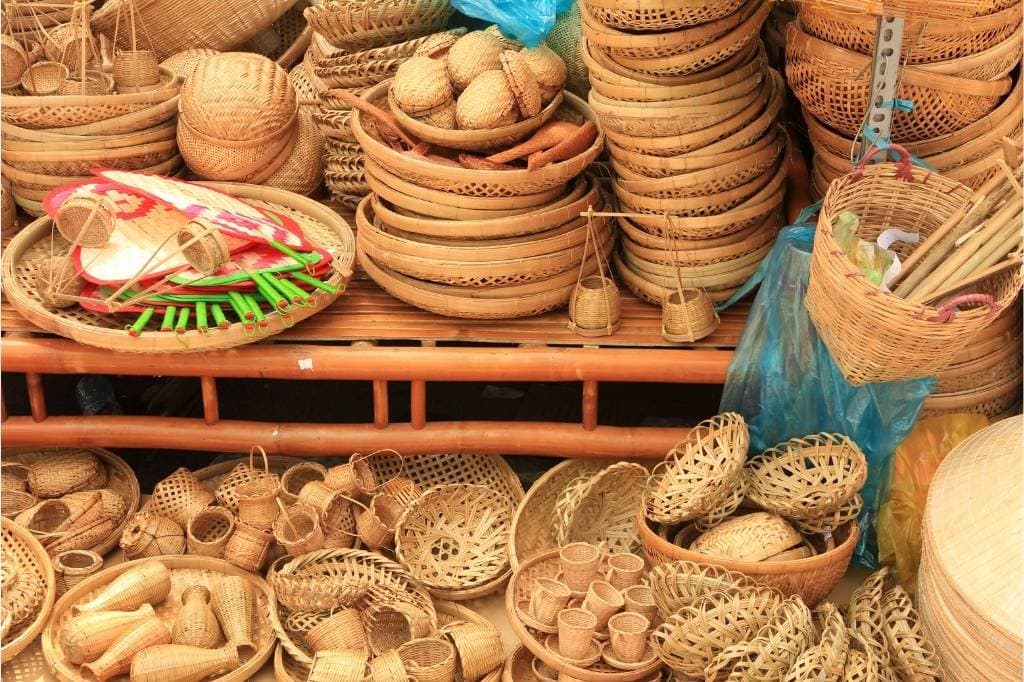
Vietnamese hand embroidery is a traditional craft that dates back centuries. The art of hand embroidery involves stitching intricate designs on fabric using needle and thread. Vietnam is known for its skilled artisans who create stunning hand-embroidered items.
Traditional Hand Embroidery Techniques
Hand embroidery in Vietnam is typically done using silk threads and a variety of stitches, such as chain stitch, satin stitch, and cross stitch. Each stitch is meticulously placed to create detailed and vibrant designs. Artisans often draw inspiration from nature, folklore, and traditional Vietnamese motifs, resulting in unique and captivating embroidery pieces.
Hand Embroidery Products
Hand embroidery can be found on a wide range of products, including clothing, accessories, and home decor items. Ao dai, the traditional Vietnamese dress, often features exquisite hand embroidery that adds elegance and beauty to the garment. Other popular hand-embroidered items include tablecloths, cushion covers, and wall hangings. Visitors to Vietnam can find these stunning hand-embroidered products in local markets and specialty boutiques.
Bamboo and Wooden Products
Bamboo and wood are abundant natural resources in Vietnam, and the country's artisans have long utilized these materials to create a wide variety of practical and decorative items.
Bamboo Craftsmanship
Bamboo is a versatile material used in Vietnam to make an array of products, ranging from baskets and furniture to musical instruments and household utensils. Skilled artisans carefully select and shape bamboo to create functional and aesthetically pleasing items. Bamboo products are popular souvenirs among tourists due to their eco-friendliness and durability.
Woodworking Tradition
Vietnam has a rich woodworking tradition, with artisans creating intricate carvings and furniture pieces. Traditional woodworking techniques are employed to shape and assemble wood into decorative panels, figurines, and furniture. Visitors to Vietnam can admire the craftsmanship of these wooden products and even have the opportunity to purchase authentic handmade pieces.
In conclusion, Vietnam's rich cultural heritage is reflected in the variety of handicrafts and artisanal products available across the country. From the unique and flavorful Sim wine of Phu Quoc Island to the intricate hand embroidery and lacquerware items, visitors to Vietnam are sure to be captivated by the craftsmanship and artistry on display. Exploring local markets and engaging with artisans not only provides an opportunity to purchase authentic Vietnamese products but also allows for a deeper appreciation of the country's cultural traditions and art forms.
Conclusion
In conclusion, Vietnam offers a plethora of famous attractions and experiences that cater to the interests of every traveler. From the stunning landscapes of Halong Bay and the ancient city of Hoi An to the historical significance of the Cu Chi Tunnels and the vibrant street food scene in Hanoi, Vietnam never fails to leave a lasting impression on visitors.
For those seeking a hassle-free trip, Vietnam travel companies and their comprehensive Vietnam tours packages are a convenient option. These packages often include transportation, accommodation, and guided tours, allowing tourists to make the most of their time exploring the country's famous sights.
Additionally, referring to a Vietnam guidebook can be extremely beneficial for travelers who want to delve deeper into the country's rich history, cultural traditions, and lesser-known destinations. A reliable guidebook can provide valuable insights, recommendations, and practical information to help plan and enhance the overall experience in Vietnam.
For adventure enthusiasts, a Vietnam hiking trip is a fantastic way to explore the country's diverse landscapes. Whether trekking through the lush mountains of Sapa or conquering the challenging trails of Phong Nha-Ke Bang National Park, hiking in Vietnam offers breathtaking scenery and a sense of adventure.
In summary, Vietnam is a destination that boasts famous attractions, a rich history, delicious cuisine, and a warm and welcoming culture. Whether traveling with the assistance of Vietnam travel companies, following a Vietnam guidebook, or embarking on an exciting hiking trip, visiting this incredible country is sure to be an unforgettable experience.








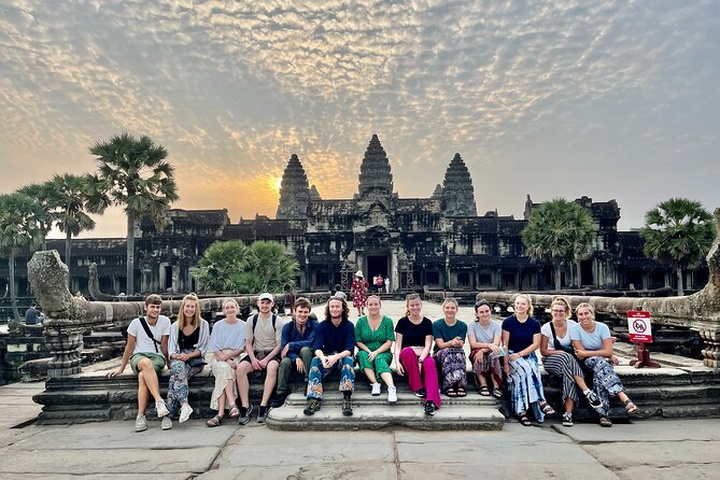



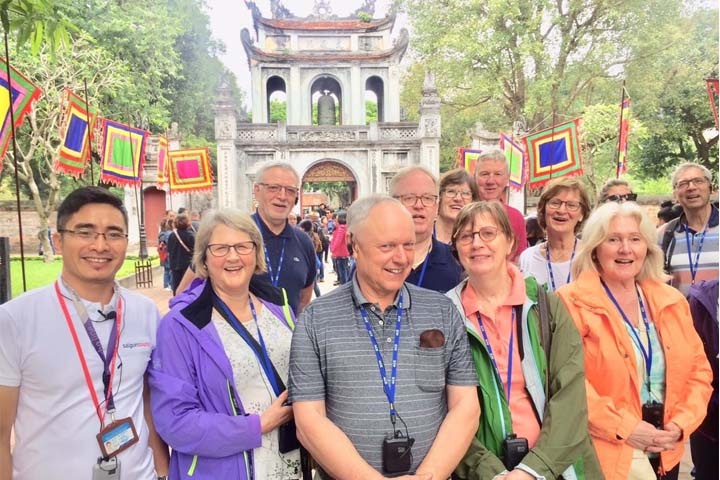

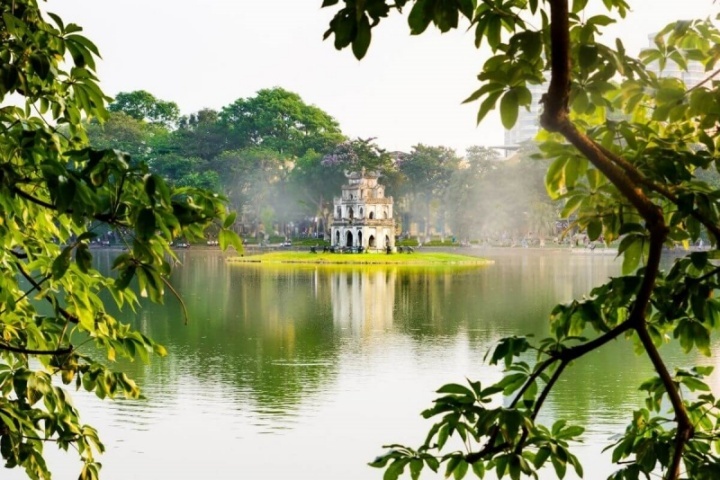

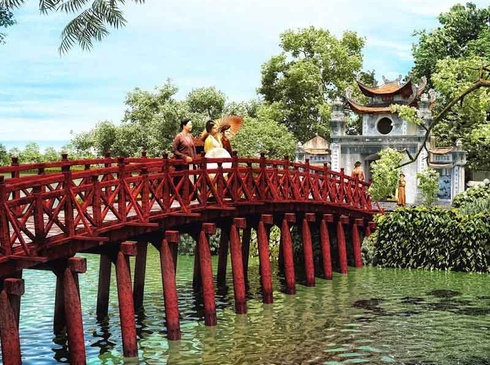
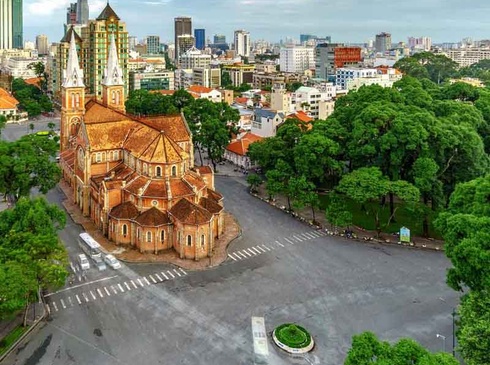
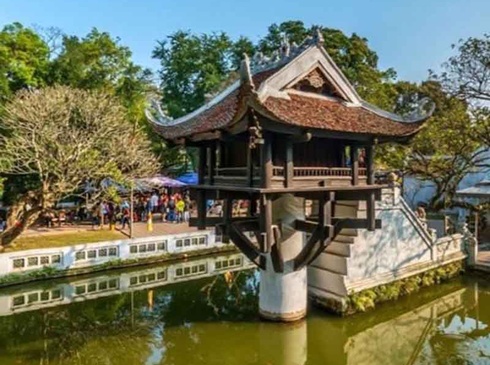
There are 0 comments, reviews about Vietnam's Notable Attractions: Exploring the Land of Wonders.
AAdminAdmin
Welcome, honored guests. Please leave a comment, we will respond soon